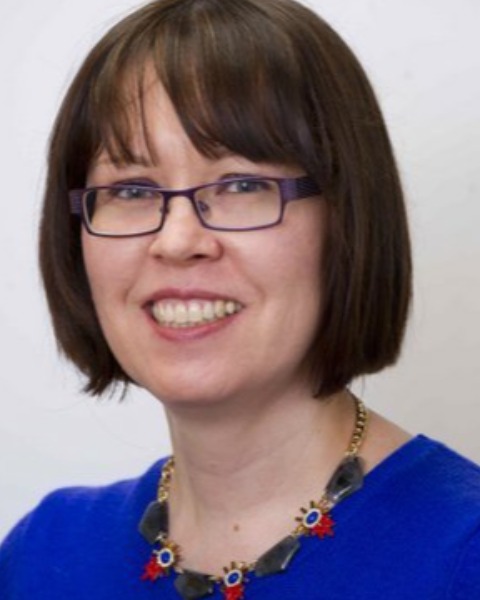Back
Social Welfare Policy and Policy Practice
Street-Level Bureaucrats and LGBT+ Asylum Seekers’ Access to Welfare Entitlements
Friday, November 11, 2022
10:45 AM – 11:45 AM
Location: Poster 10

Tanzilya Oren, LMSW
Ph.D. Student
Fordham University
New Yrok, New York, United States
Presenter(s)
Overview: LGBT+ asylum seekers have become more visible. While the landscape of the local welfare system for this population has widened, with more individual bureaucrats in social service agencies responding to the new needs, the lottery-like access to the welfare entitlements is still problematic due to language and other structural barriers.Proposal text: Problem: The intensified political violence against LGBTIQ people in Russia since 2014 has prompted a wave of asylum seekers coming to the United States (author). This new population of asylum seekers has encountered the local and unprepared welfare system. Goal and theoretical lenses: Using the street-level bureaucracy concept (Lipsky, 1980) and the local welfare state response to the refugee needs model (co-author), which addresses the disparities in accessing social rights by refugees in a U.S. metropolitan city, the study examines the experiences of participants with accessing services and strategies and practices of a specific group of LGBT+ asylum seekers.
Methods: A qualitative case study uses a thematic analysis of in-depth interviews with grassroots groups of Russian-speaking LGBT+ asylum seekers and artifacts such as digital media, news stories, and public events and interviews.
Results: The study concludes that LGBT+ asylum seekers have recently acquired more visibility and services than other asylum seekers. The cultural and economic capitals of the existing local and immigrant LGBT+ networks helped expand the LGBT+ immigration legal services, other social services, and HIV-specific supports such as housing and mental health care. The landscape of the local welfare system for this population, given the absence of U.S. federal funding for asylum seekers’ social services, has widened, with more individual bureaucrats in social service agencies responding to the new needs. The lottery-like access is still a problem as not all LGBT+ asylum seekers are aware of the still-limited resources due to language and other structural barriers.
Methods: A qualitative case study uses a thematic analysis of in-depth interviews with grassroots groups of Russian-speaking LGBT+ asylum seekers and artifacts such as digital media, news stories, and public events and interviews.
Results: The study concludes that LGBT+ asylum seekers have recently acquired more visibility and services than other asylum seekers. The cultural and economic capitals of the existing local and immigrant LGBT+ networks helped expand the LGBT+ immigration legal services, other social services, and HIV-specific supports such as housing and mental health care. The landscape of the local welfare system for this population, given the absence of U.S. federal funding for asylum seekers’ social services, has widened, with more individual bureaucrats in social service agencies responding to the new needs. The lottery-like access is still a problem as not all LGBT+ asylum seekers are aware of the still-limited resources due to language and other structural barriers.
